Kate Malone: ‘We’ve tried planting on a full moon and we think the crops are much better for it’
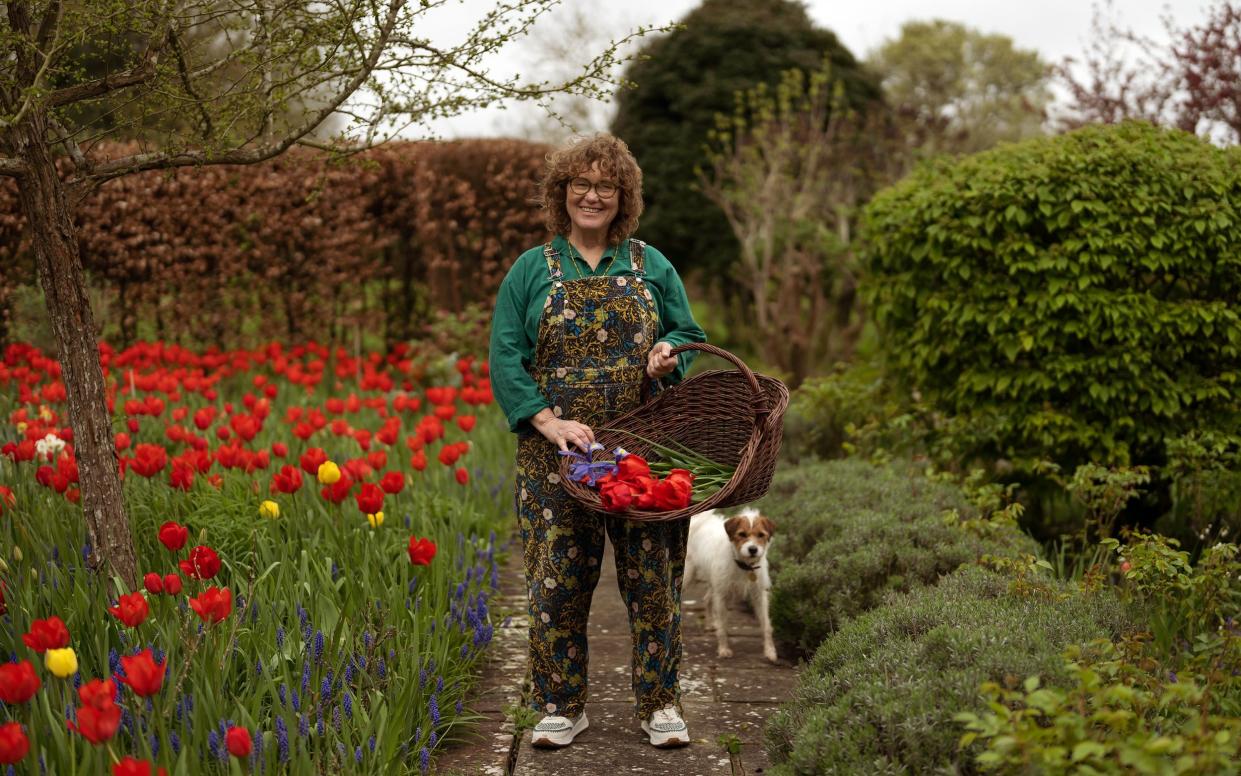
- Oops!Something went wrong.Please try again later.
Where do you live?
We live in a village called Sarre on the Isle of Thanet, the easternmost part of Kent. Back in the 1500s, Thanet was separated from the mainland by a mile of sea, but over the years, due to a combination of natural silt deposits and artificial sea defences, it became marsh and farmland.
We have a long farmhouse, which was originally built in 1750. It was extended in 1850, and again in the 1920s. When we first moved in five years ago, I realised there were 100 windows to clean and thought: “God, what have we done!”.
The house sits on one side of a courtyard; on the other side are two garages which I’ve converted into my studio. At the far end is a huge, thatched barn. The last owners were the Baxters, of Marsh & Baxter, the famous pie and sausage family. In fact, not far from us is a modern estate which used to be their factory at the heart of the village.
What is your garden like?
The layout of the house is very clever because all the main reception rooms look onto the garden. It spreads over two acres and we have retained much of the layout created by the Baxters, including a raised terrace which leads onto a circular bed filled with primroses, daffodils and tulips. There must be a thousand tulips alone, and when they first start to appear, I think: “Oh, yes, you’re all coming to see us this week”. Pure excitement.
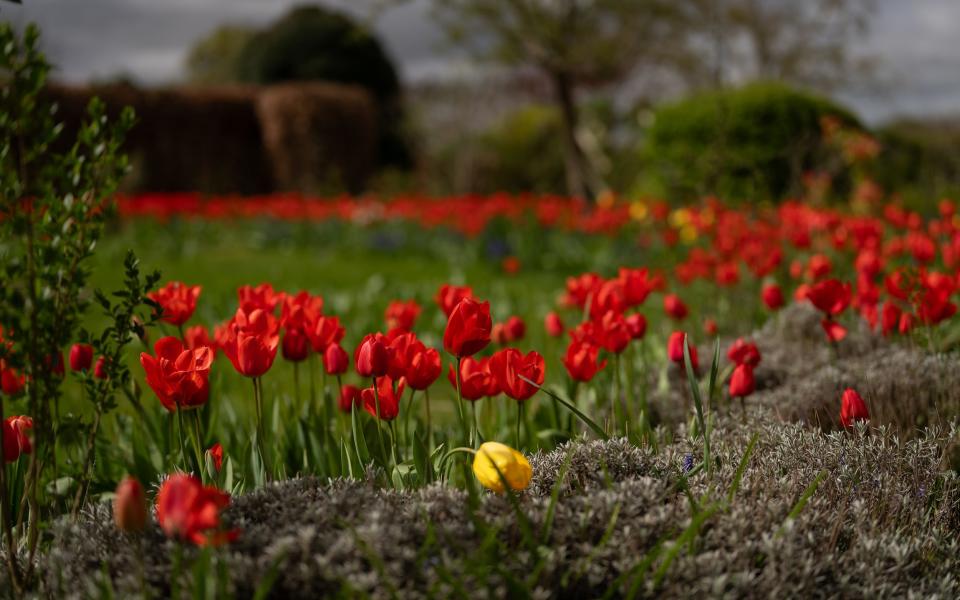
In the summer, the path around it becomes a sea of lavender, its scent filling the summer evenings as the sun goes down. There’s also a large lawn with long beds of dahlias, wild flowers, irises and lupins, the latter are framed by four pergolas, with heavily-scented roses around each one. The last is a deep red, and it’s where I scattered my dear mother’s ashes.
Who does the gardening?
I confess that my husband, Graham – a builder by trade – is far more hands-on than I am. I’m 63 and he’s 74 and it was always his dream to have a large, south-facing garden where we could grow our own produce. I remember when I first met him back in the early 1980s, I was so impressed that this big guy made his own jam – I found it very sexy. He still makes jam, as well as the most wonderful chutneys. So, he’s out nearly every day, sowing, planting, digging, pruning.
We do have a gardener called Kevin, who comes two afternoons a week; he’s a tree surgeon, so he takes care of our magnolias, acers, fruit trees, including medlars, and a large gnarled willow, which must be over 100 years old. Apparently, this area was flooded in the 1950s, but it stopped just short of the house. We think the willow may have helped soak up the water. Nearby is a walnut tree which gives us the biggest walnuts I’ve ever seen in my life – a single one fills the palm of my hand.
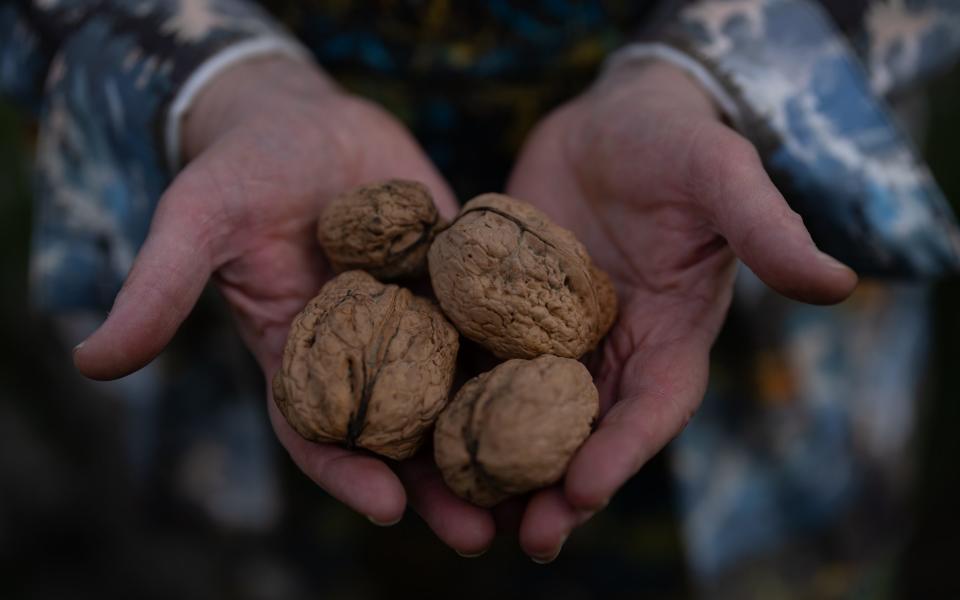
What fruit and veg do you grow?
The veg beds sit close to the house, which I love because I can walk out and watch them growing day by day. I’m a huge fan of our thornless blackberries and rhubarb, which I tend to religiously, but one of my favourite plants is the artichoke. We bought three varieties when we first moved in, and they return every year. They are so statuesque, with large silvery jagged leaves and incredible stems which I just had to make moulds of.
One plant we’re beginning to regret is horseradish – it spreads and spreads, turning into a beast of a thing. You also have to put on swimming goggles and nose plugs to dig it up because it has the most noxious smell. I grate it and keep it in the freezer.
Like an artist, a gardener at any level is forever experimenting. We’ve tried planting on a full moon and we think the crops are much better for it.
Does the garden inspire your work?
Yes, it happens as soon as I open my eyes. My bedroom is at the far end of the house and has seven double windows from which I can see every part of the garden. To me, a garden is all about seeing the seasons change; about seeing how the colours, shapes and textures of a plant evolve from one month to the next.
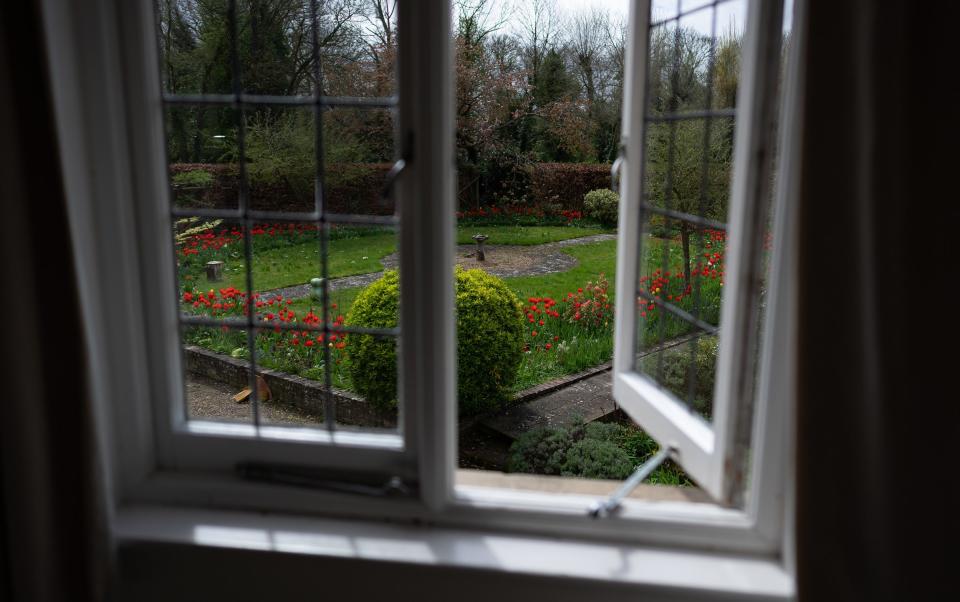
It also makes me constantly aware of the energy, the life force, that is in everything. I honestly believe the garden feeds me as an artist, consciously and subconsciously. It inspires my creativity on a daily basis; it feeds my soul.
Did you have a garden as a child?
I was born in London, but my two brothers and I grew up in Henbury, on the outskirts of Bristol. We had a garden, where Mum grew veg, and the Blaise woodland nearby. My father, who was the main sports correspondent for The Telegraph for many years, wasn’t interested in gardening at all.
Having said that, he told me that when I was a toddler, he’d watch me grab a blade of grass or a daisy and look at it for ages. He thought it was extraordinary for someone so young. I feel I’m still doing that now.
How does your garden now compare to earlier gardens?
We lived in different places in Hackney in north-east London for about 30 years, but even when we had our daughter Scarlett and were living in a terraced house, we only had a tiny, paved area for a few pots.
But when you’re living in that kind of environment, you still find ways of connecting with nature, whether it’s growing seeds on a windowsill, or noticing the roots of a tree cracking through the pavement. I suppose you can find the force of nature wherever you are and it’s always been present in my work.
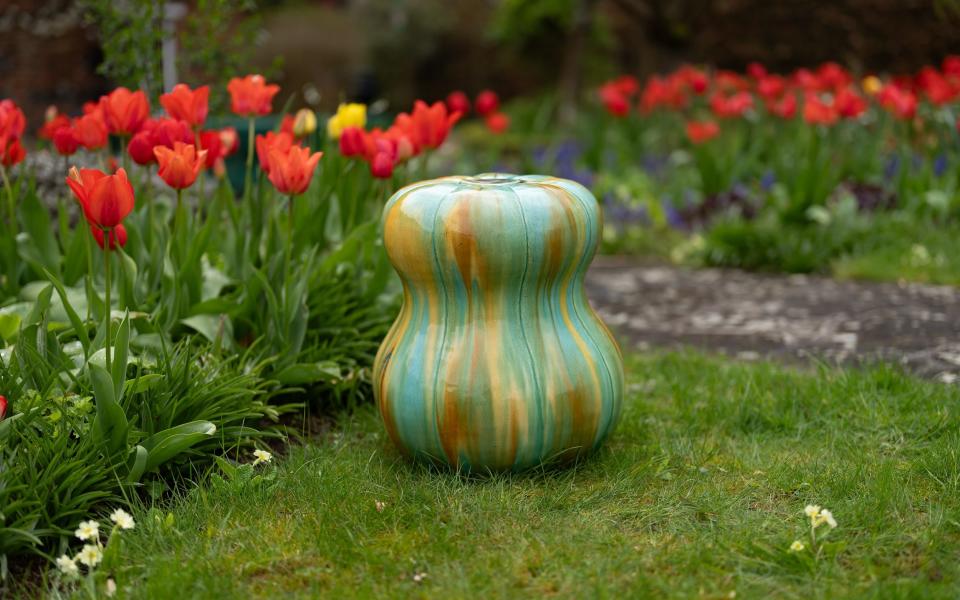
How have you responded to nature in your work?
It happens on so many different levels. I suppose it’s a combination of lived experiences: things I’ve studied, places I’ve travelled to. Everything from historical pots, such as the famous 1765 Wedgwood ‘cauliflower’ teapot, to visiting India many times, or the walled garden at Eythrope, Buckinghamshire, where I was first drawn to the shapes and colours of their enormous pumpkins.
I’m also fascinated by old botanical drawings and all the symbolism associated with nature. I have whole dictionaries about the subject – it’s impossible to get bored. And now, having my own garden has just added a whole other layer, not only of beauty, but of intrigue.
Do you think there is a connection between the soil in the garden and the clay in your hands?
Absolutely. I’ve done quite a lot of teaching over the years, and one of the first things I ask young people is where they think clay comes from. They’re often a bit puzzled. Clay is 70 per cent silica; sand is silica, so is stone. They’re all bursting out of this great seed, which is the planet Earth.
It makes more clay than we can ever use, through the natural weathering of the seasons. You may think of clay as inert, but it’s always growing. We still have so much to learn about nature on a physical as well as a spiritual level.
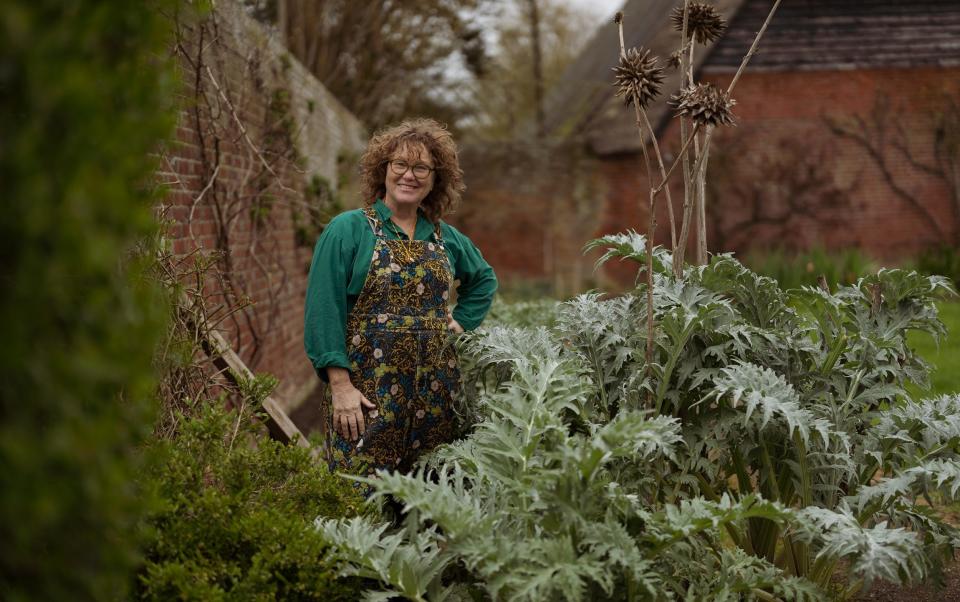
Do you keep in touch with people who collect your work?
I have quite a few collectors in New York and I often think it’s because I bring Mother Earth into their skyscraper apartments. One of them was visiting me recently and said, “I’ve got one of your pumpkins on my dining table and every morning, when I draw back the curtains, it gets me just there.” She thrust her fist into her stomach and said it with such seriousness.
It’s the kind of response you dream of. And our garden is the kind of garden you dream of. Every day, I stop and think how lucky I am.
Force of Nature: The Art of Kate Malone, by James Fox and Emma Crichton-Miller (Skira, £50), is out on May 23

